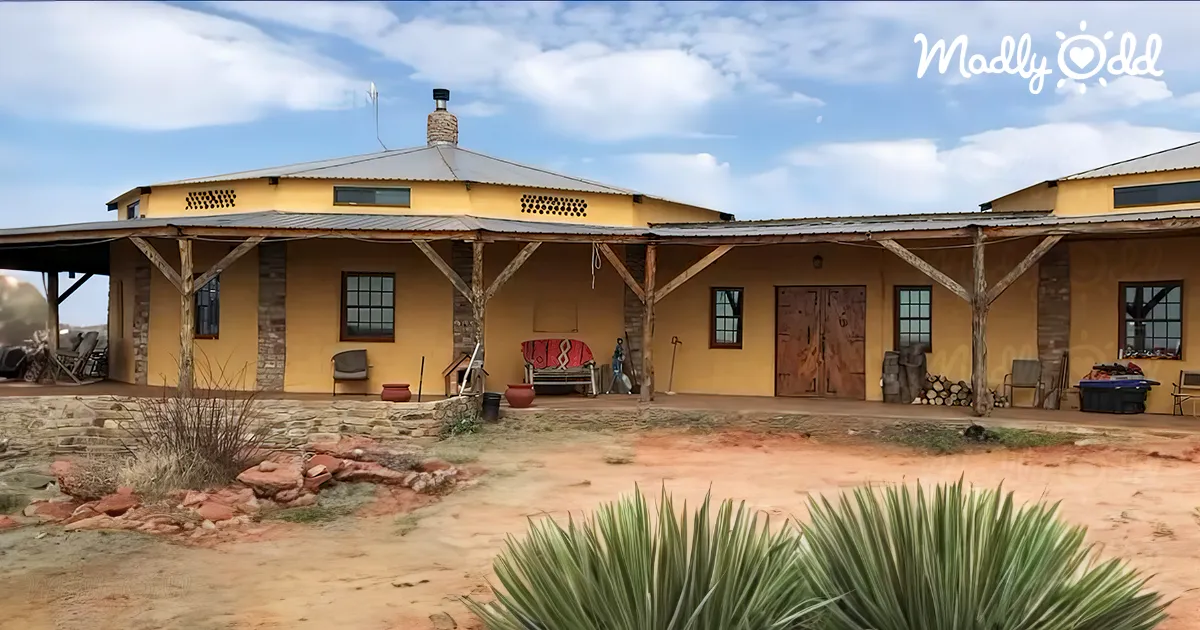Now that the warm weather is approaching, it’s time to put on your walking shoes and head into the closest parkland near your home for some long-awaited exercise. It’s been impossible to enjoy what Mother Nature has to offer during the winter months for those who live in the cooler states, as snow falls make it impossible to venture outside. With the arrival of fall, and more importantly, the arrival of the sun, it is now so much easier to go outside and soak up the rays with a little warmth to-boot.
If you are lucky you may live close to some of the countries beautiful national parks. These pristine kept nature reserves that are there for all to share. These parks have become few and far between as we develop this land to suit our ever increasing population. Fortunately for us, our governments have recognized that over development can be harmful and destroy what little nature we have left. These places are so beautiful and are full of wonderment. The wild life that is abundant in our national parks and forests is just amazing, and so are some of the man-made-anomalies that can be found on these wonderful nature walks.
Have you ever been wandering through a reserve and come across a bent tree? You walk around it to try and figure out just what happened to it, why is it bent so? Is it diseased, has it been damaged somehow by the weather? What on earth could have caused this unusual deformity? The answer is very simple, Man. That’s right, these trees were bent down on purpose by man. Why? You are asking, well I will tell you a little about them.
These trees are known as trail trees, trail marker trees or prayer trees, and were intentionally shaped like this by Native American Indians. The Indians had a massive network of roads and trails well before the day of Columbus, which are now very well documented. These trees were bent and strapped down in certain directions to point to either safety, food or water. If you have never seen one of these historic markers there a few well known ones that you can see around the country without having to put on your hiking boots.
There is the trail tree known as “First Oak Trail Marker” near Monterey, Tennessee. Monterey was originally called Standing Stone, and is still the site of many Indian ceremonies. Then there is the “White Oak Marker Tree” in Traverse City, Michigan, which the town’s people have protected for decades. The tree stands in Traverse City Park and has a chain link fence around it for protection. Or you can visit the trail marker tree in White County, Indiana, this enormous white oak tree is estimated to be around 350-years-old. When you watch the link below you will see a fantastic example of how these trees were modified by our Native forefathers.








